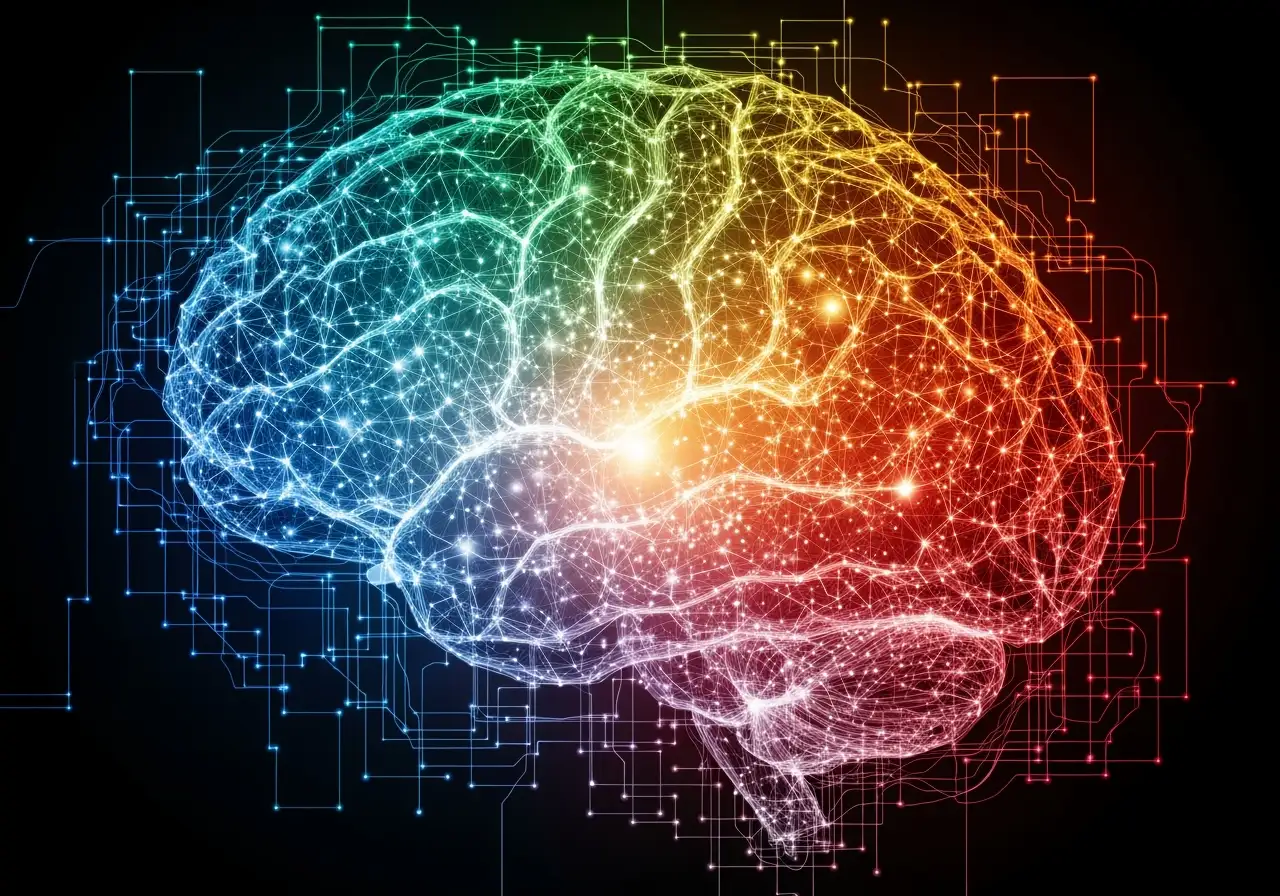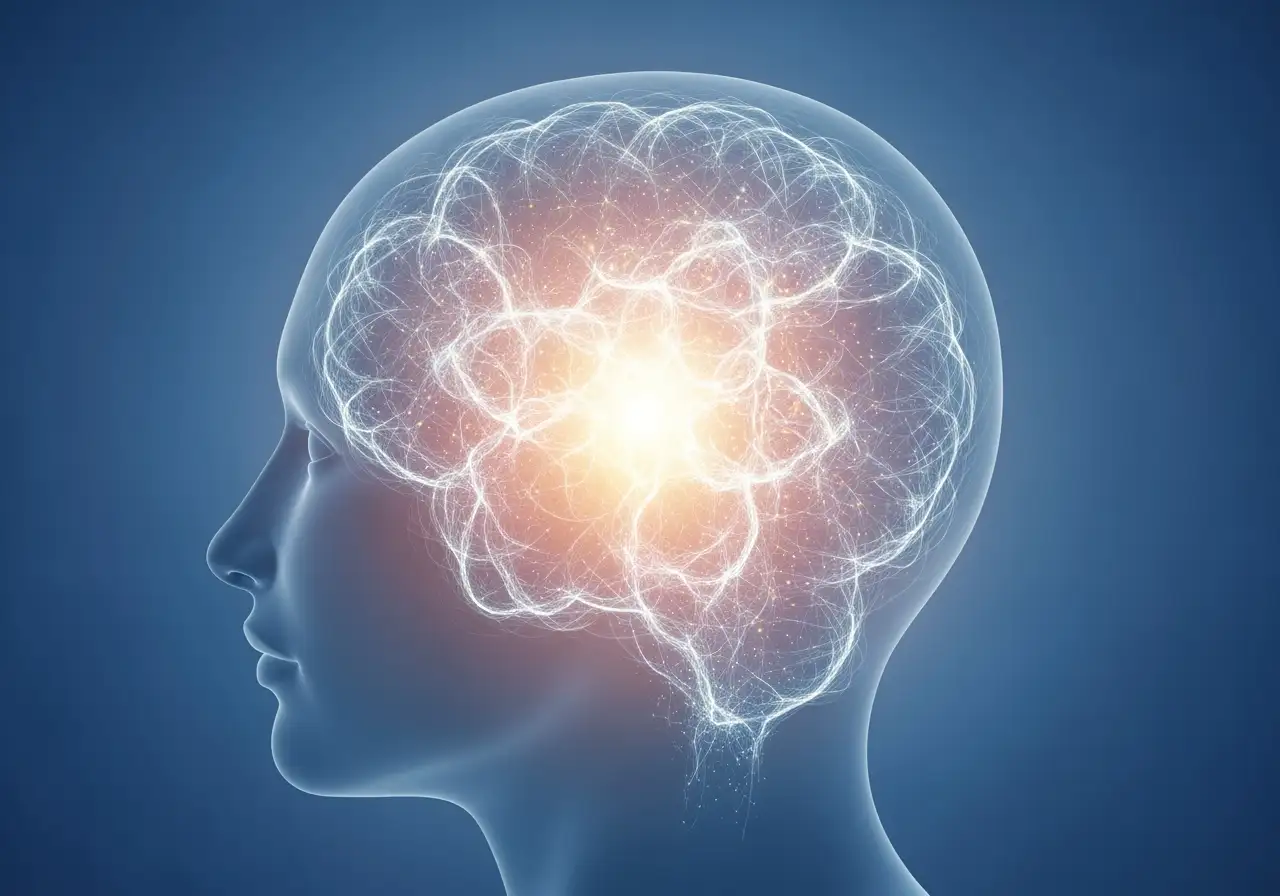From Ancient Wisdom to Embodied Knowing
From Ancient Wisdom to Embodied Knowing
In our modern world, we often seek answers and insights from external sources: books, experts, scientific studies. We accumulate knowledge, build intricate mental models, and pride ourselves on intellectual understanding. Yet, there’s a deepening realization that true transformation often lies beyond mere intellectual assent. It requires a profound shift from simply knowing about something to truly knowing it in the very fabric of our being. This journey from conceptual understanding to embodied wisdom is a cornerstone of the Quantum Mindfulness framework, particularly through its emphasis on inner verification. While the term Quantum Mindfulness is contemporary, the underlying quest for direct, experiential truth echoes through millennia of human inquiry.
Think of the great philosophical and spiritual traditions that have shaped humanity. Many, from the contemplative practices of Buddhism and Taoism to the introspective paths of Stoicism and certain branches of Western mysticism, have consistently highlighted the limitations of purely intellectual knowledge. They posited that ultimate truth, or genuine self-understanding, cannot be found solely in texts or debates, but must be realized through direct experience.
The Buddha, for instance, famously encouraged his followers not to accept his teachings out of faith or reverence, but to “come and see for yourselves,” to test the principles through their own lived experience. This radical empiricism, applied to the inner world, is a powerful precedent for what Quantum Mindfulness refers to as making it real. It is about becoming your own laboratory, not just listening to others’ findings. Similarly, ancient Stoic philosophers emphasized the importance of internalizing principles, not just memorizing them. They knew that understanding virtue intellectually was one thing; embodying it through consistent practice and self-observation was another entirely. The goal was to cultivate a wisdom that was not just thought, but lived. This enduring thread of experiential knowing suggests that true mastery over one’s inner landscape comes from a process of active engagement and personal validation. It is the difference between reading a recipe and actually baking the cake; between studying a map and navigating the terrain yourself. The wisdom gained from direct experience is inherently more robust, more integrated, and more transformative than any idea held solely in the mind.
The Quantum Mindfulness framework doesn’t just borrow from these ancient insights; it provides a structured, modern approach to achieving this deep, embodied certainty. It bridges the gap between the intellectual wisdom we acquire and the lived reality we experience, offering a path to turn abstract concepts into profound, personal truths. It invites you to become the ultimate authority on your own inner world, not by rejecting external knowledge, but by rigorously testing it against the undeniable evidence of your own experience.
At the heart of the Quantum Mindfulness framework lies the understanding that our experienced reality is not a fixed, objective given, but a dynamic construct. This is encapsulated in the active constitutive force view of perception, which posits that our consciousness actively shapes what we experience, rather than merely passively receiving it. This active role is central to the observer-participant dynamic, a core principle asserting that the act of conscious observation inherently modifies the observed mental state.
Our inner world, far from being static, exists in a state of cognitive superposition. This means that before we focus our conscious attention, our thoughts, emotions, and perceptions exist as a probabilistic mental state, a field of multiple potential possibilities. The pivotal shift from potential to actualized experience occurs through psychodynamic wave collapse. This is the fundamental process where conscious attention acts as the catalyst, causing the myriad possibilities to resolve into a singular, definite conscious experience.
The journey to embodied knowing within Quantum Mindfulness involves a deep engagement with our psychodynamic dimensions, the fundamental energetic substrates of our mental and emotional life. These ten dimensions, from the Psycho-Volitional Dimension (Pd1), the source of primal will and intentionality, to the Psycho-Transpersonal Dimension (Pd10), which governs our manifestation in external reality, are constantly interacting. The Prime Modality (Pd1-Pd3) forms our core cognitive-executive functions – our will, concept formation, and structured understanding. The Secondary Modality (Pd4-Pd10) articulates how these foundational functions manifest in our lived experience, shaping our emotional, social, and relational landscape.
Through the cultivation of cognitive agency, we learn to strategically influence this psychodynamic collapse. Rather than being subject to unconscious reactive collapse, where our mental states solidify based on ingrained patterns or external influences, we can apply vectorized awareness to intentionally steer the process. This involves careful attention sculpting and conscious state management, leveraging the Psycho-Meditative Dimension (Pd3) as the primary locus of intentional collapse. By understanding how a cognitive appraisal is formed – influenced by the current observation, past mental states, and inherent dispositions – we can engage in active reframing processes. This is how we begin to actively create our reality, moving beyond simply reacting to it.
Moreover, the framework emphasizes that consistent engagement with these practices leads to profound and lasting change. The principle that practice becomes belief illustrates how repeated actualized experience can durably alter underlying trait variables. This means that through sustained inner verification and conscious reality construction, we can literally re-wire our being, transforming our inherent dispositions and fostering new patterns of belief formation. This is not about superficial change, but a deep ontological restructuring, leading to a more authentic and sovereign architecture of self.
Ready to move beyond intellectual understanding and embark on your own journey of direct, inner knowing? The ancient call to “know thyself” finds a powerful new expression in this contemporary framework, offering the tools to actively participate in the ongoing creation of your most authentic and vibrant reality.






